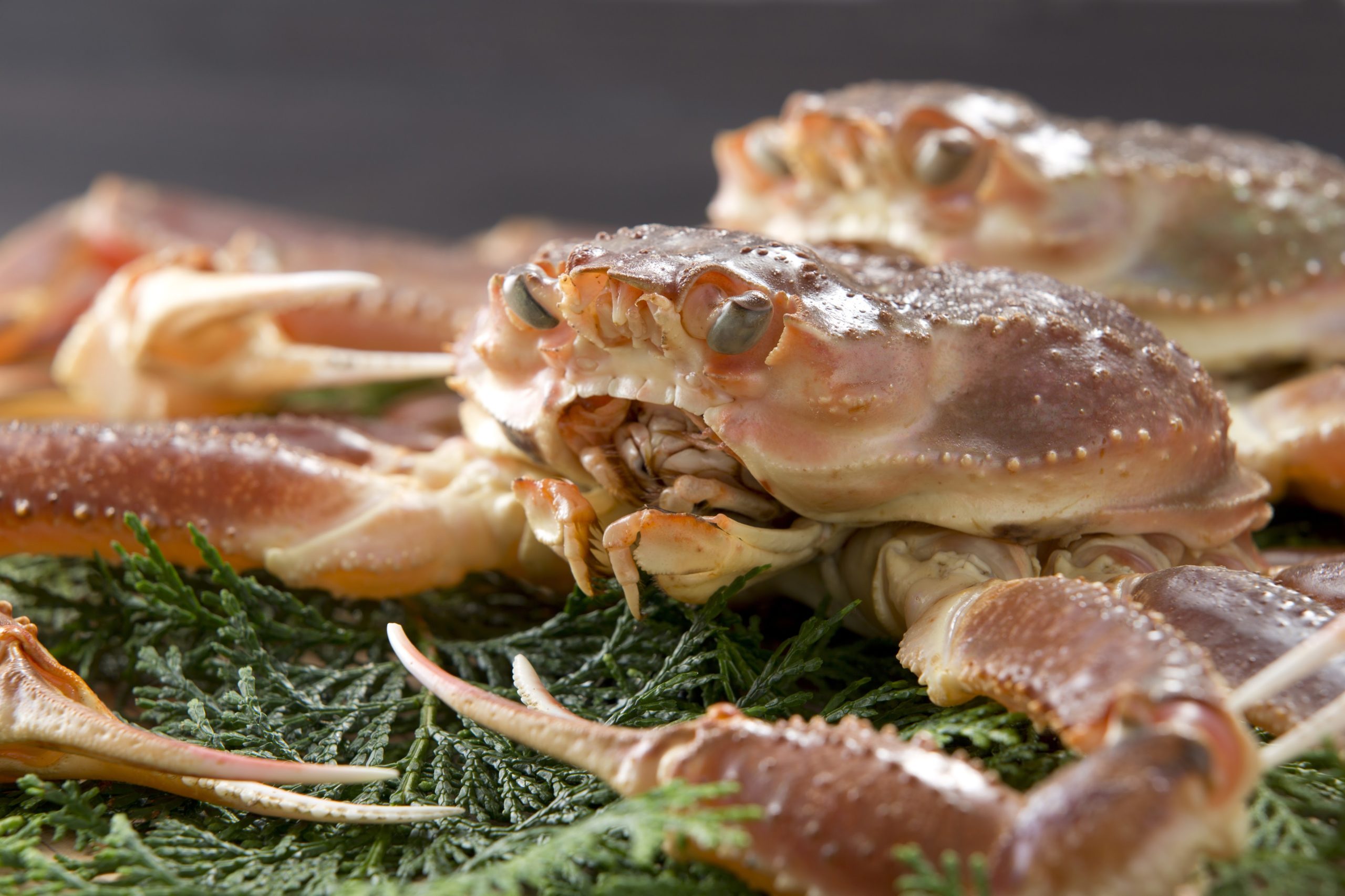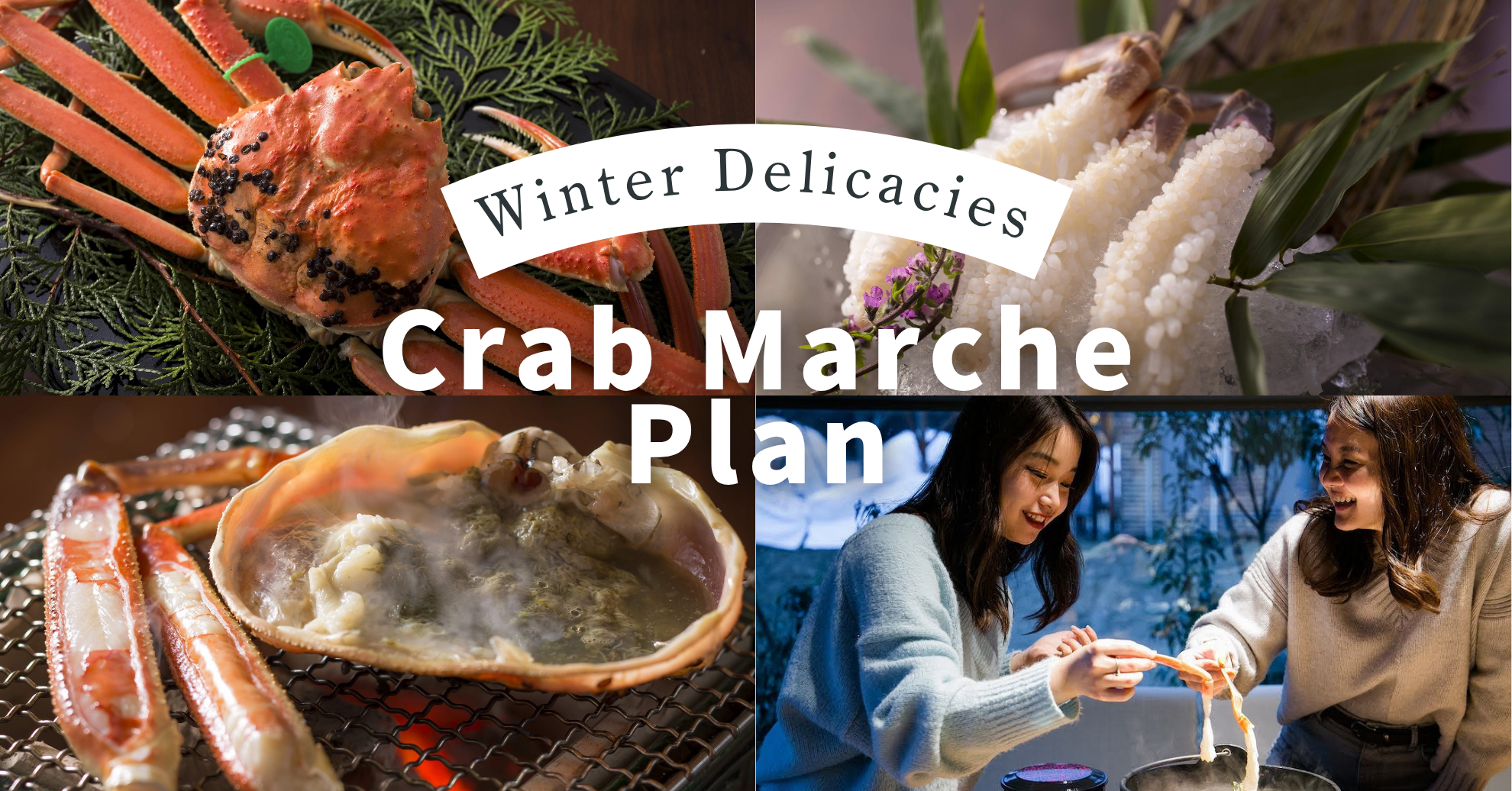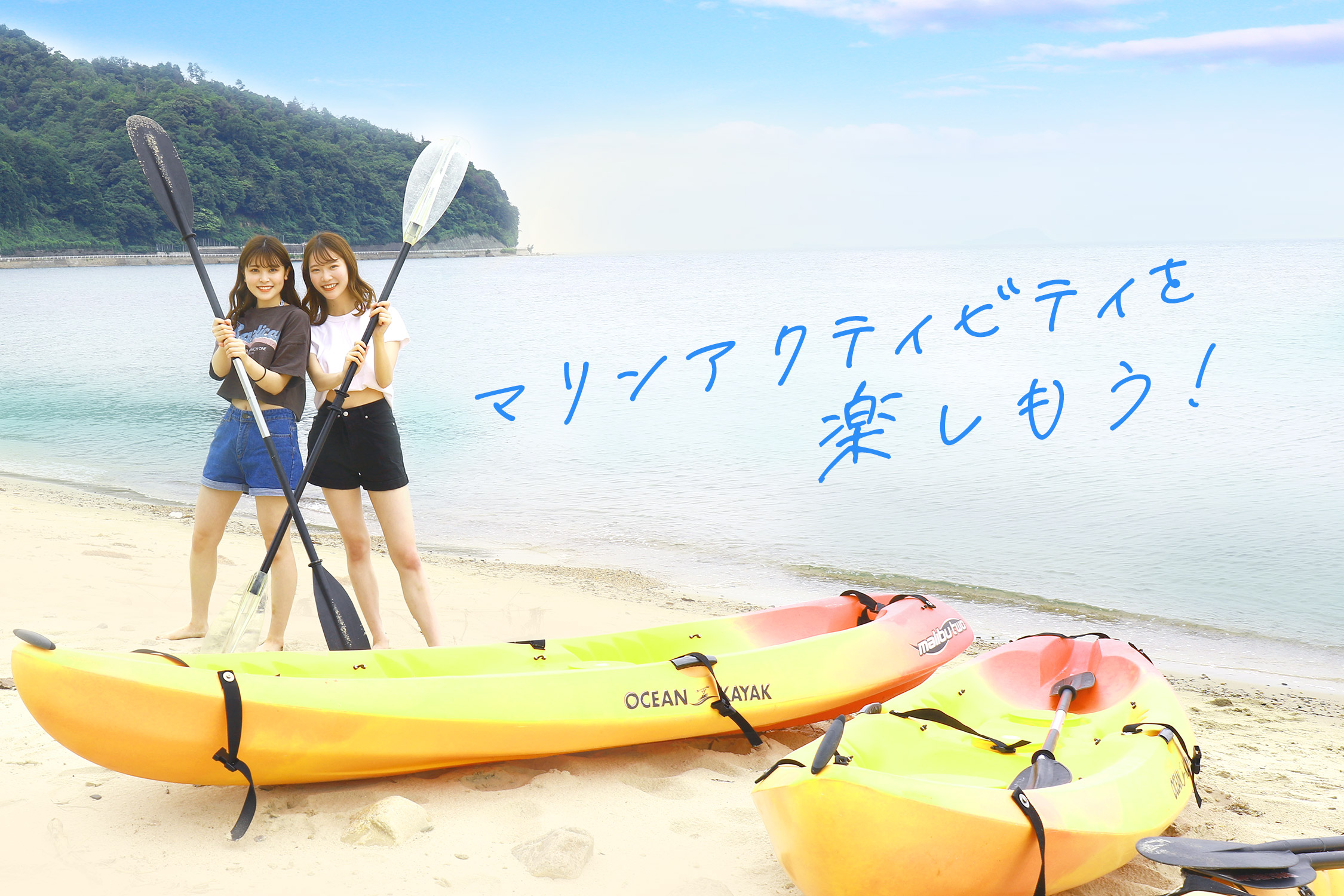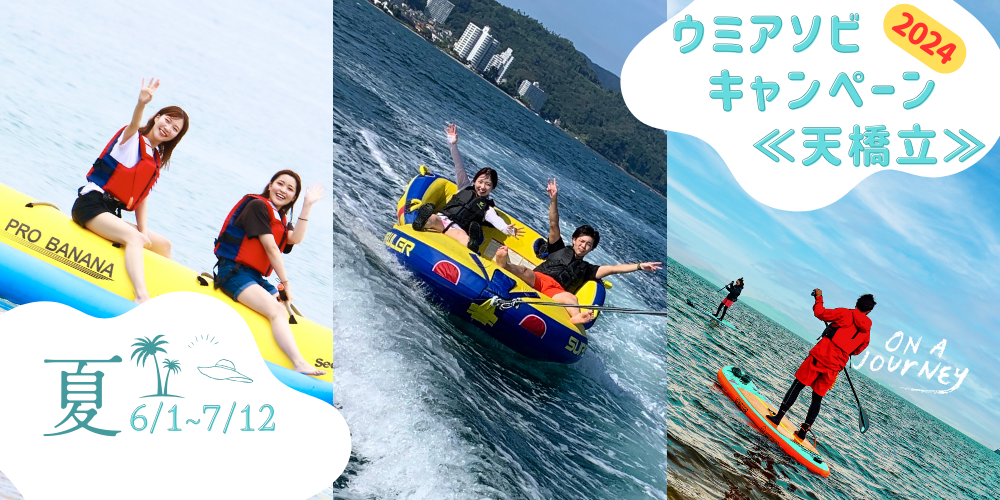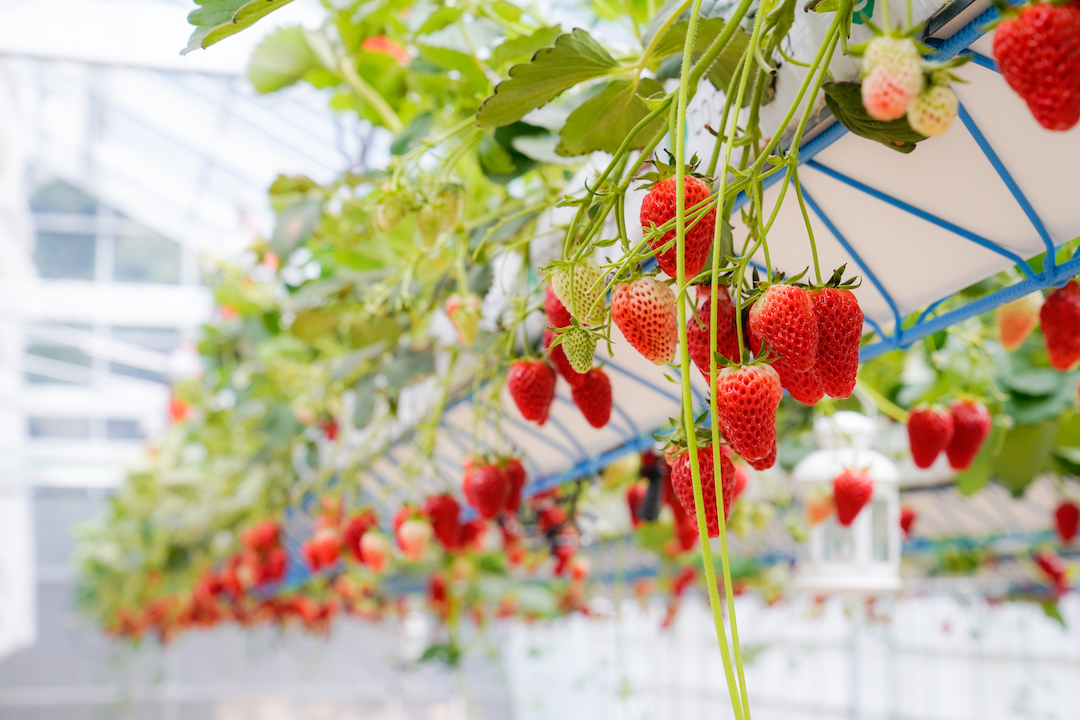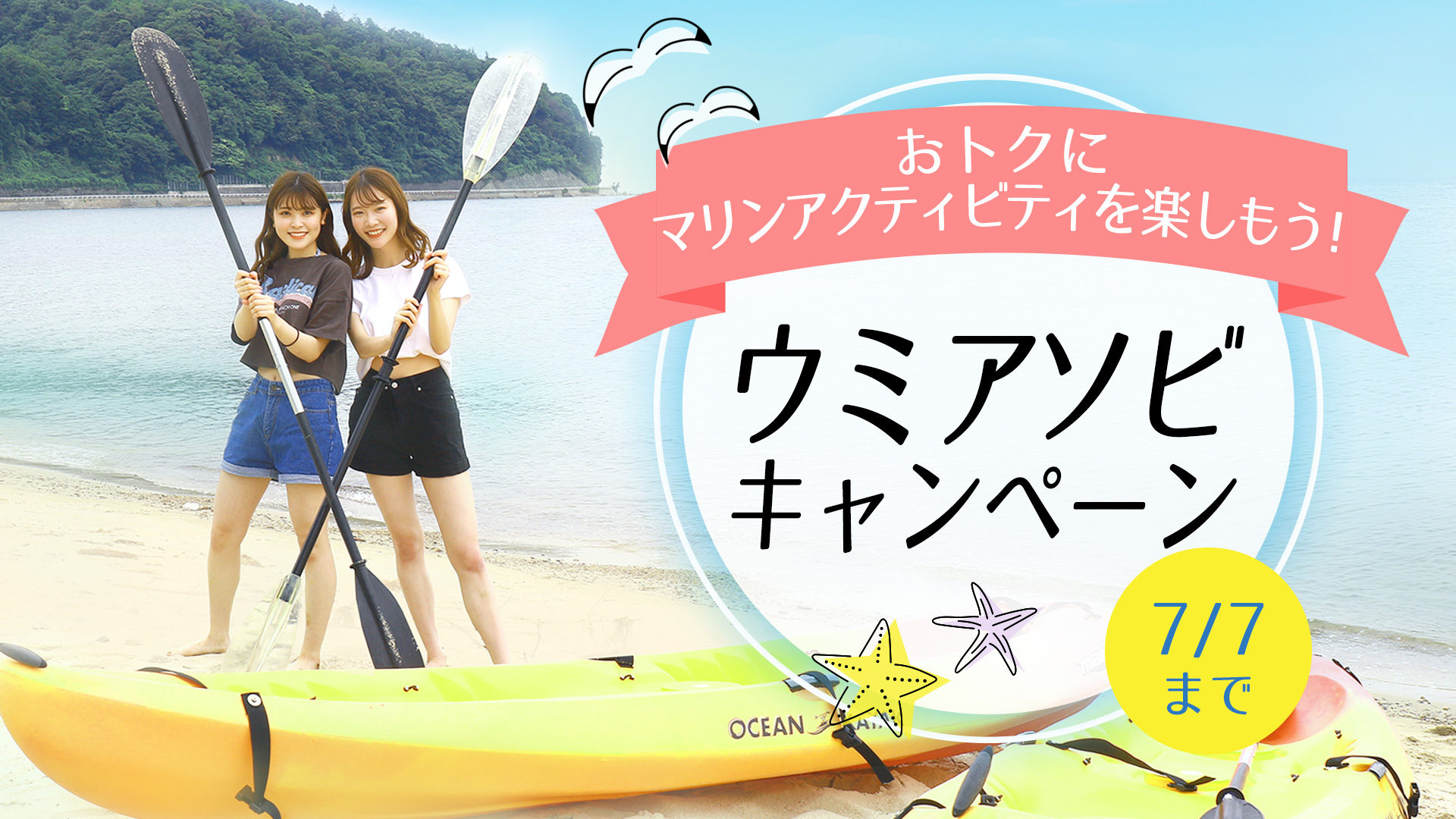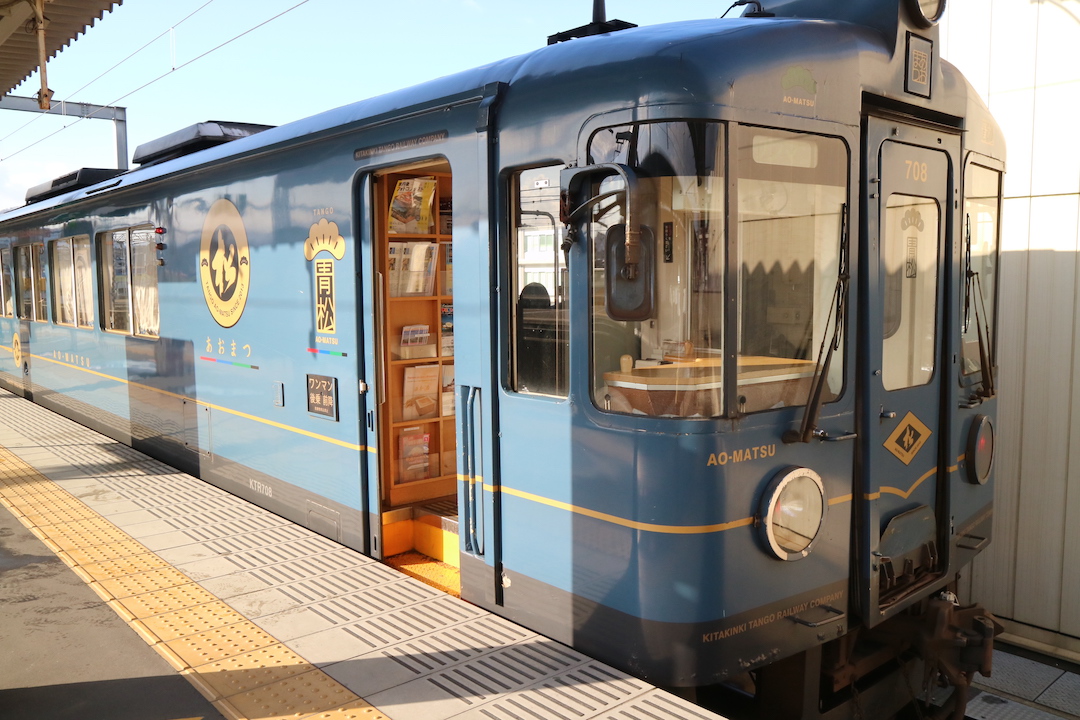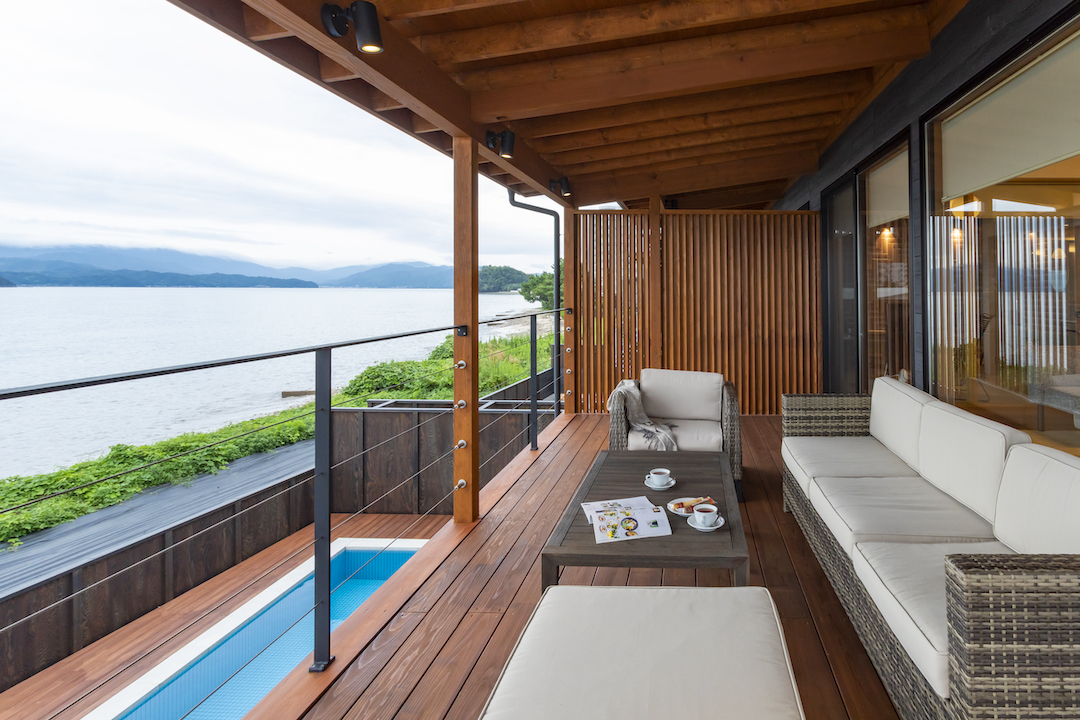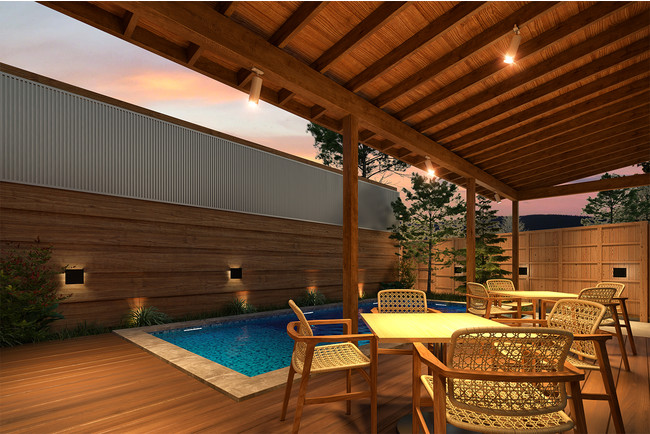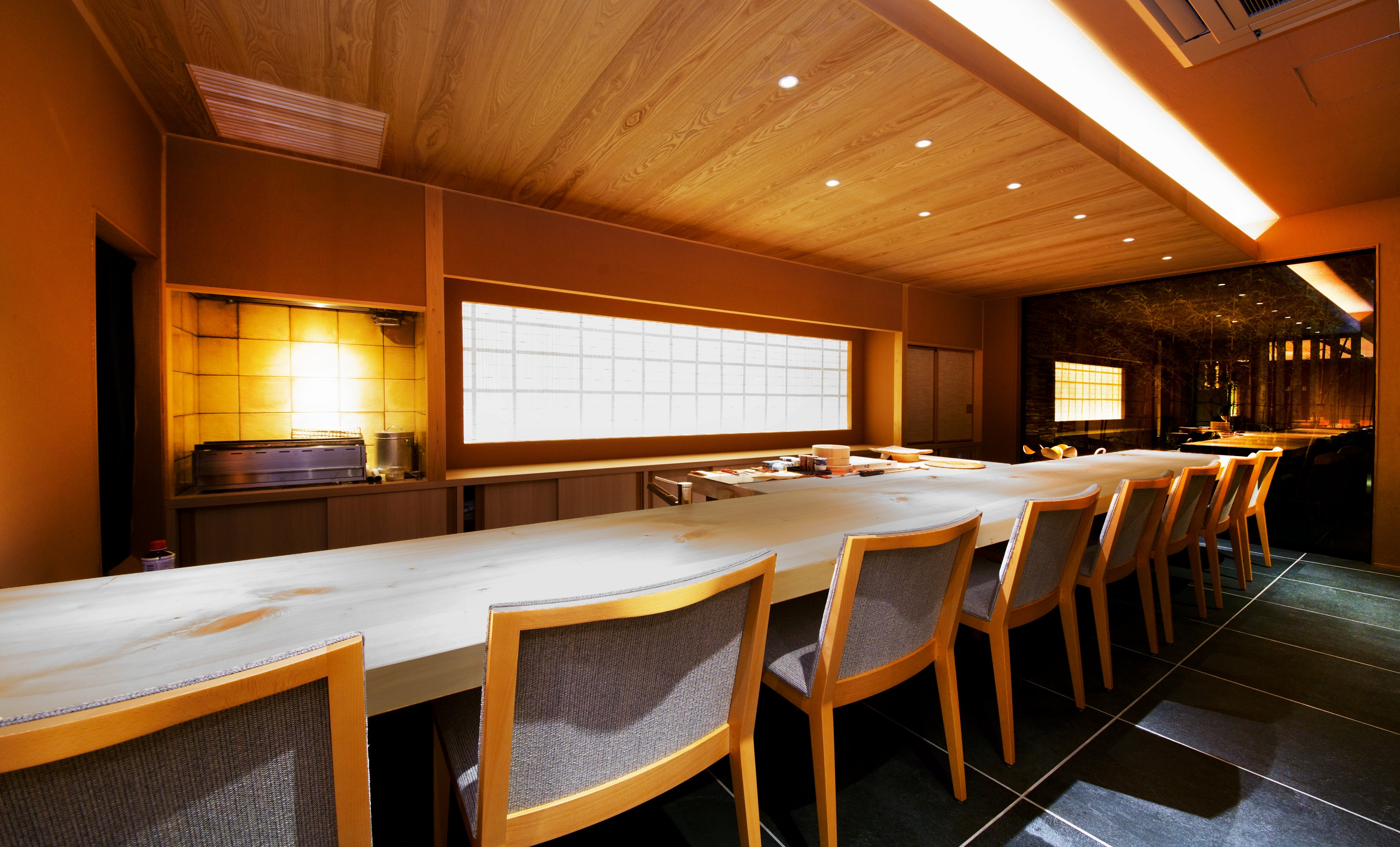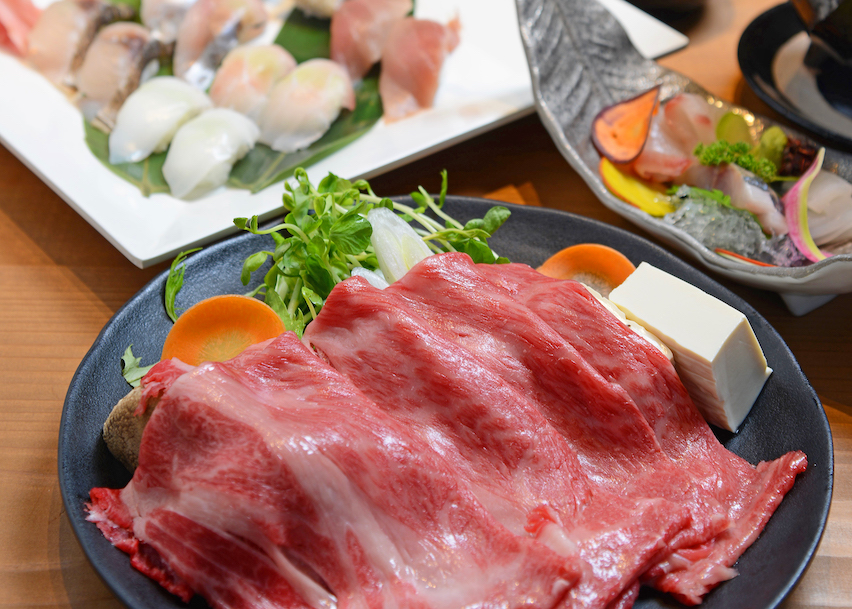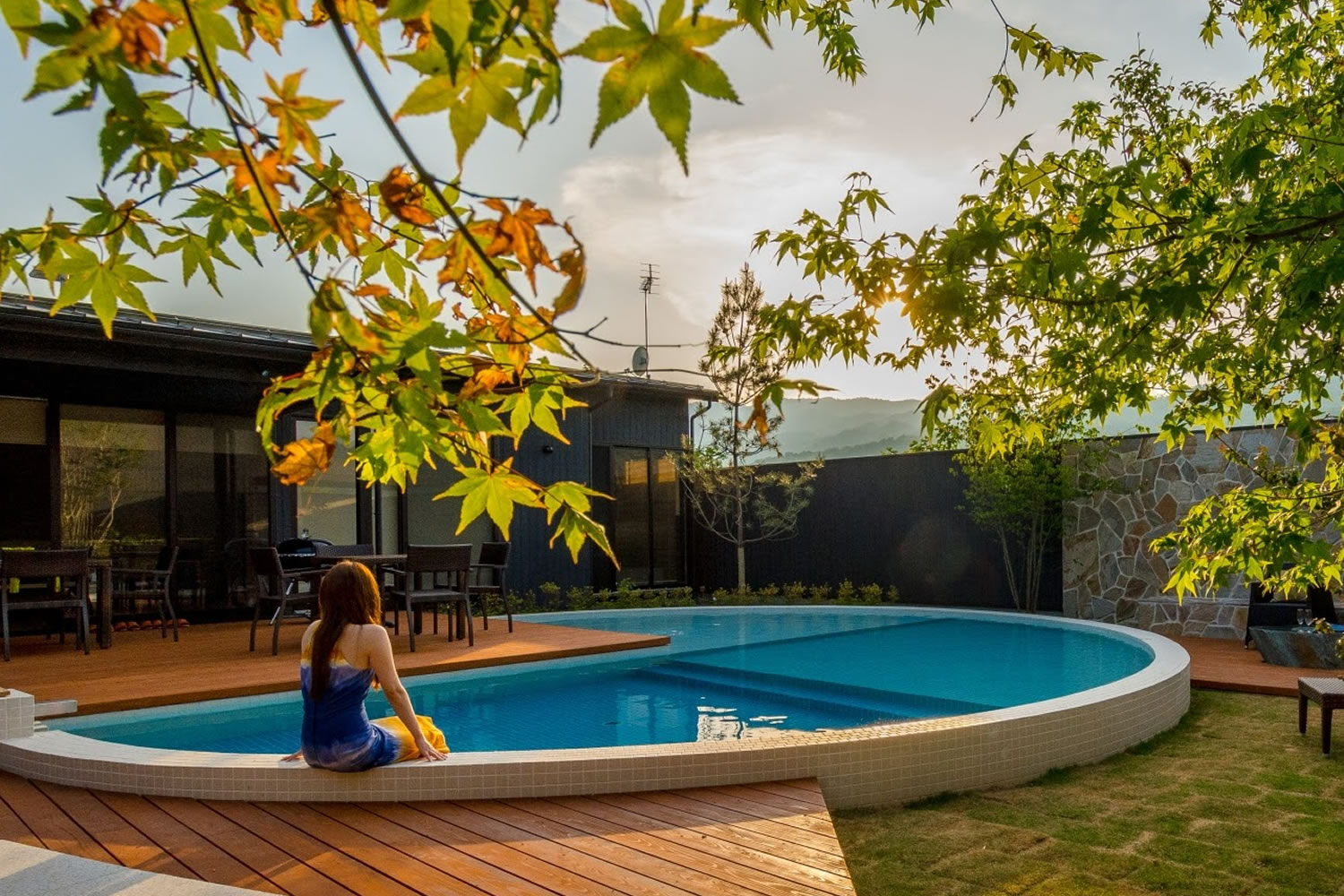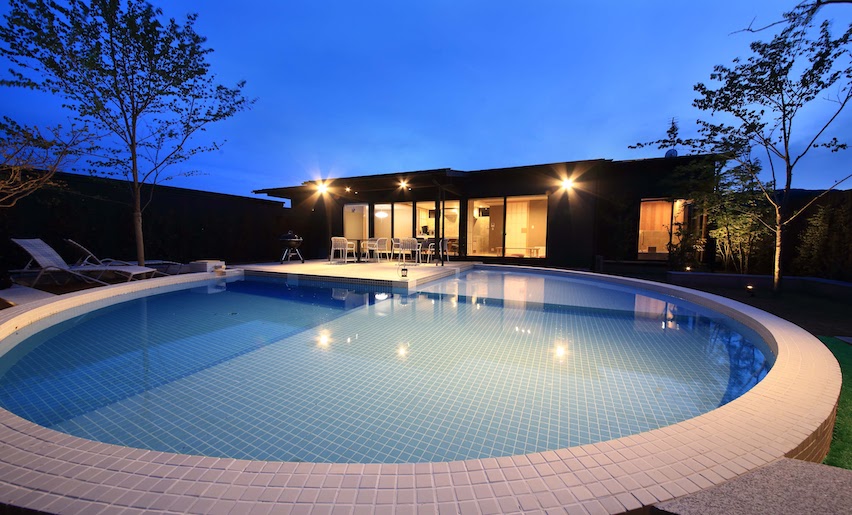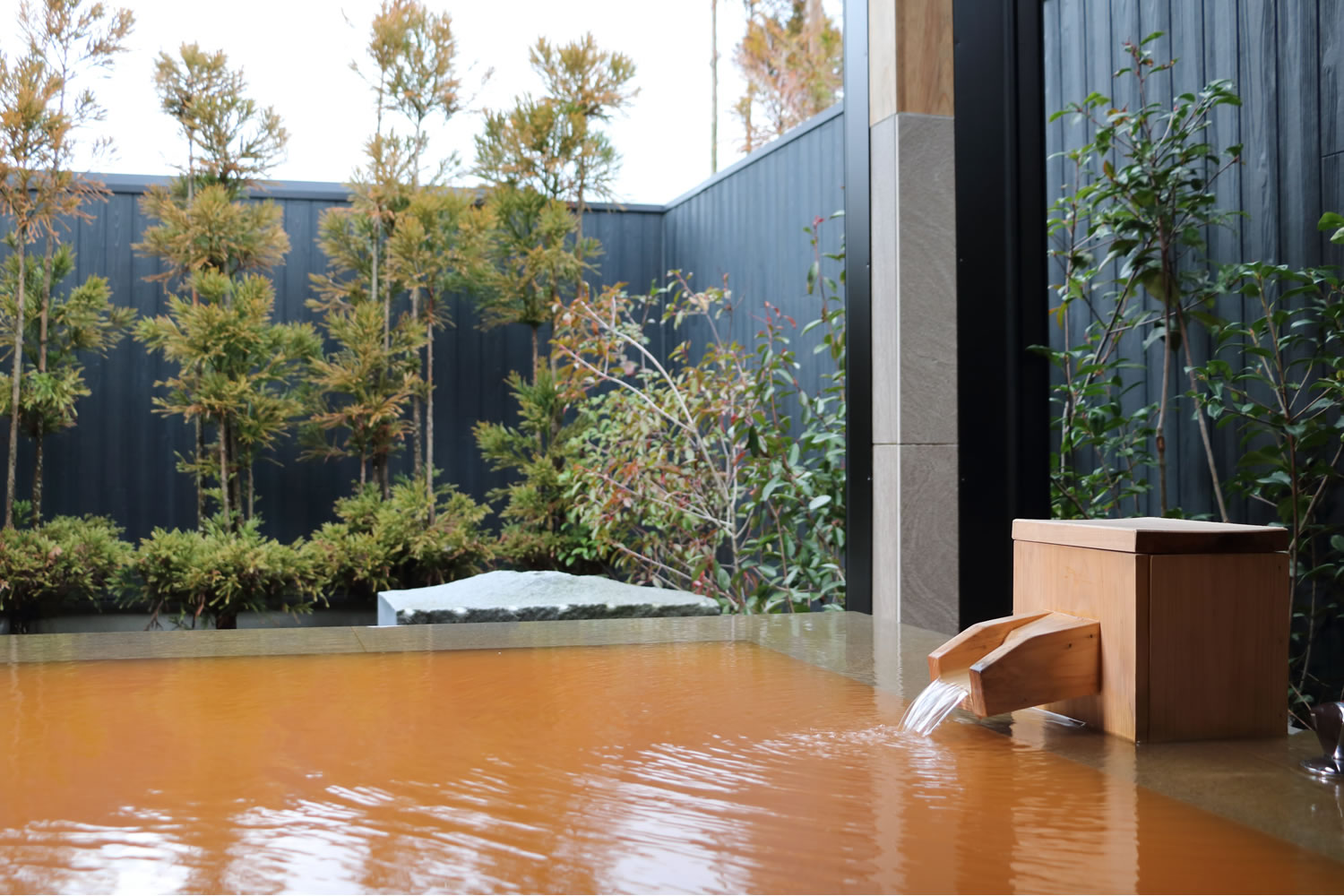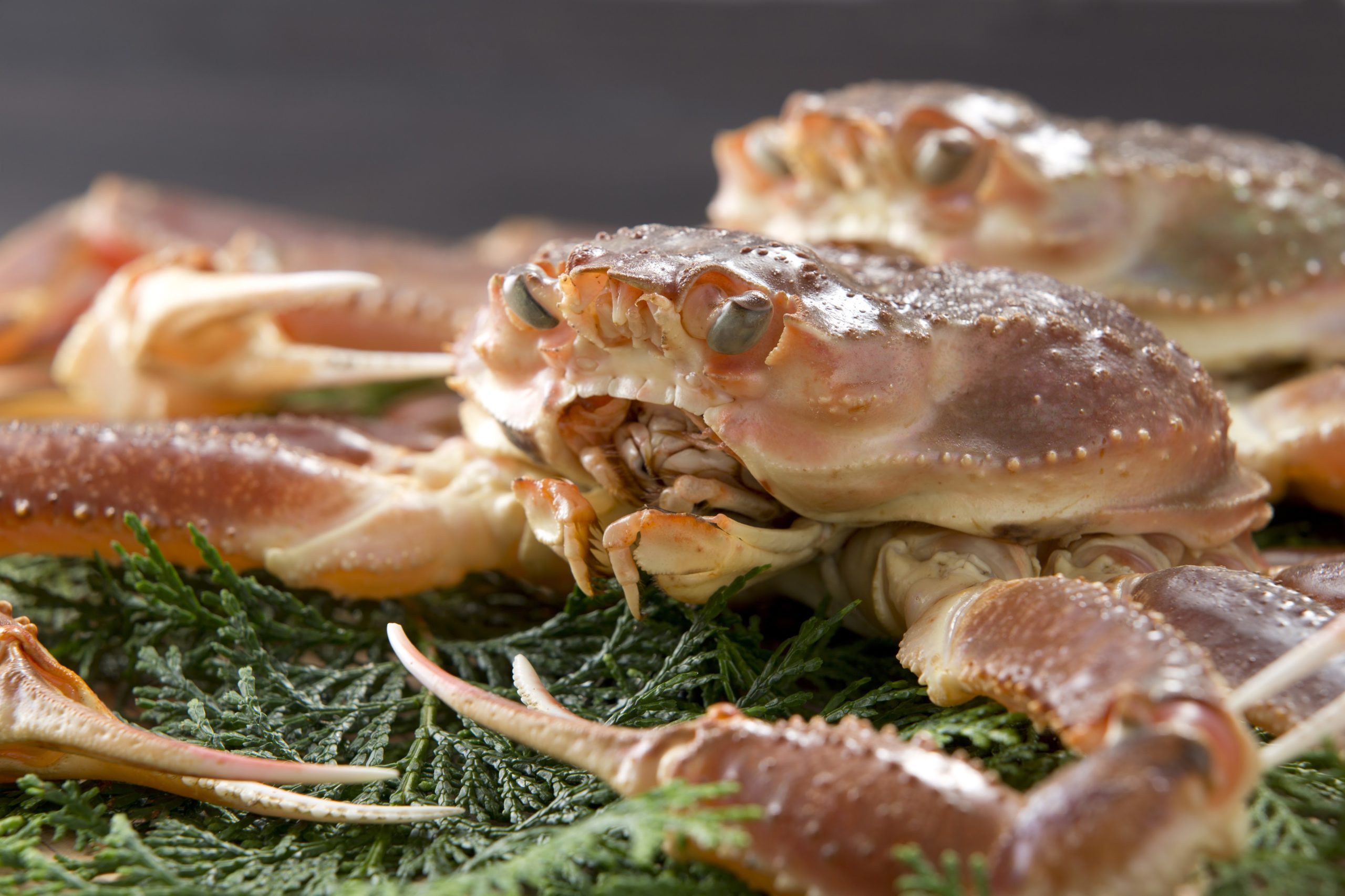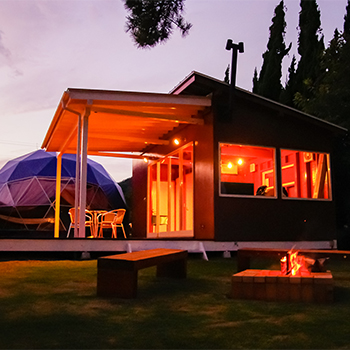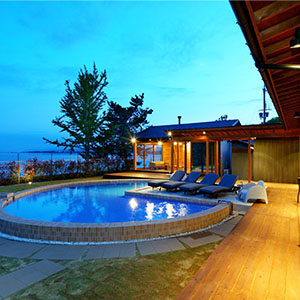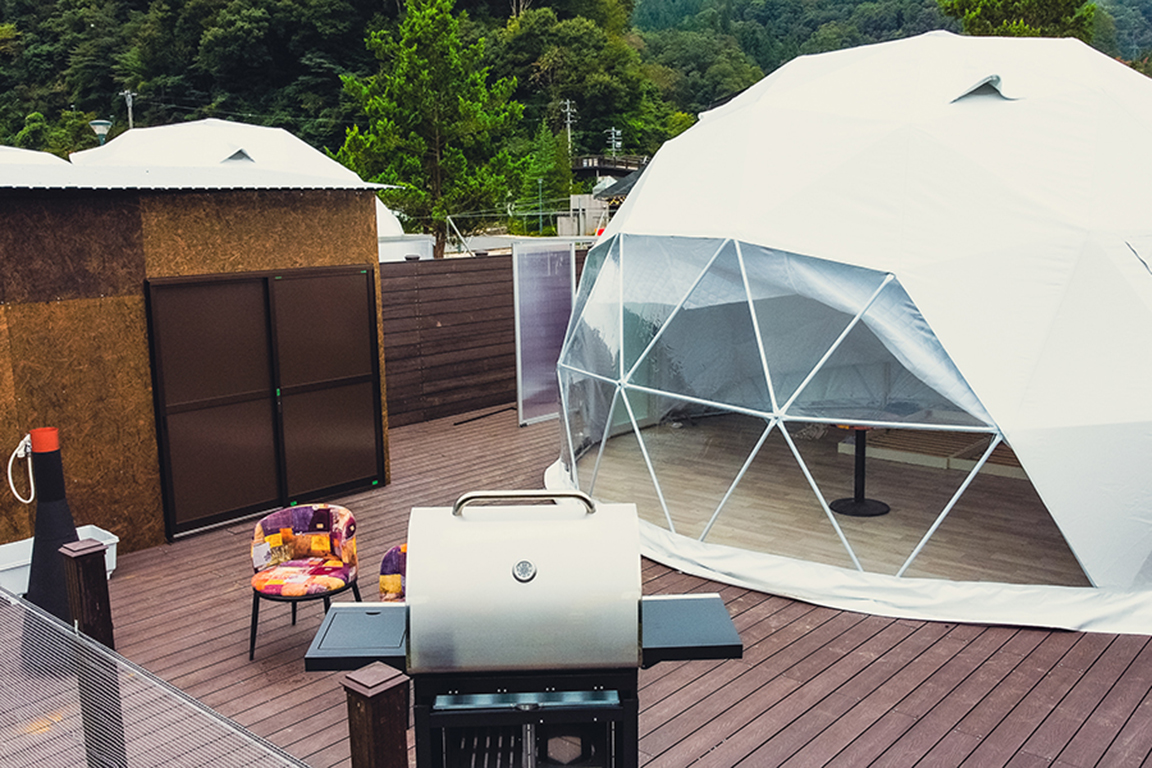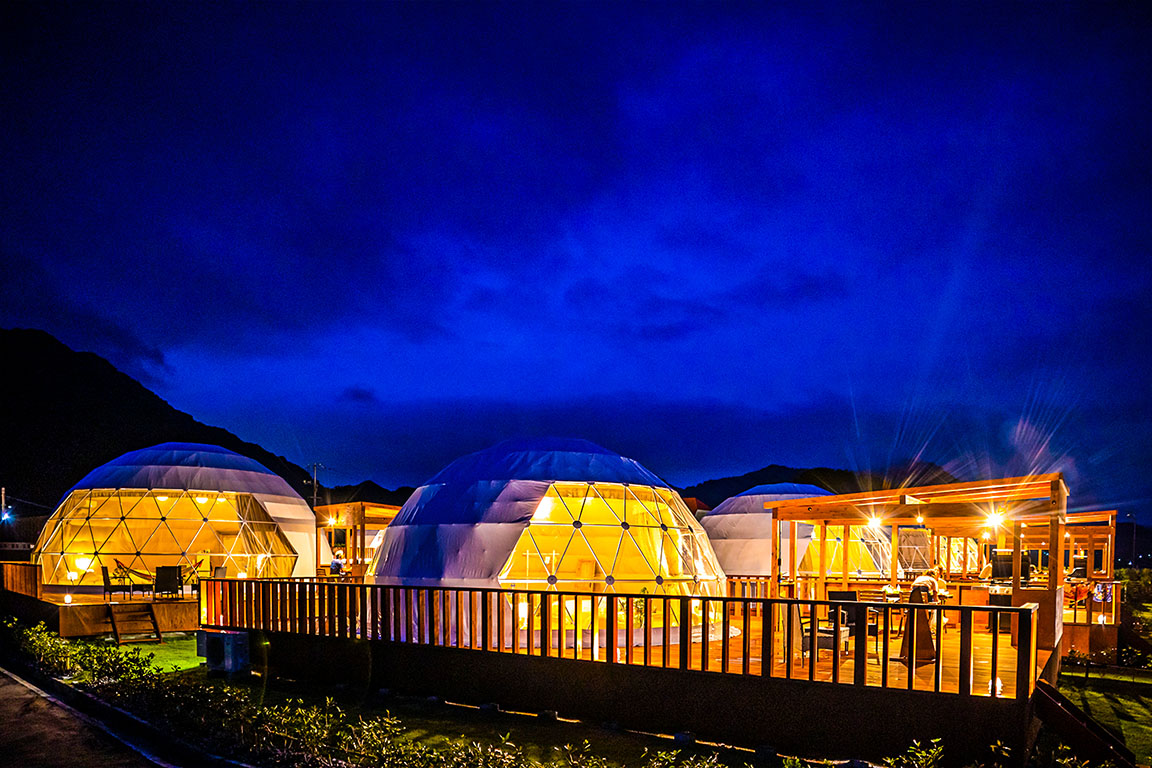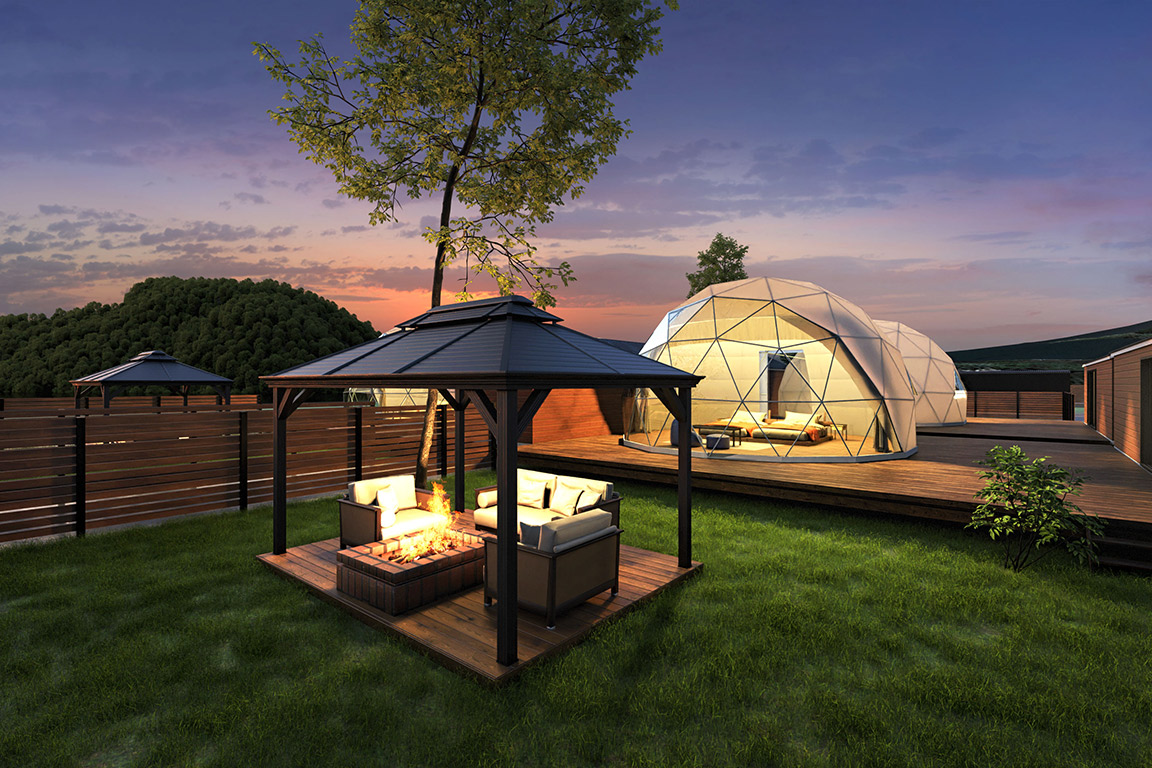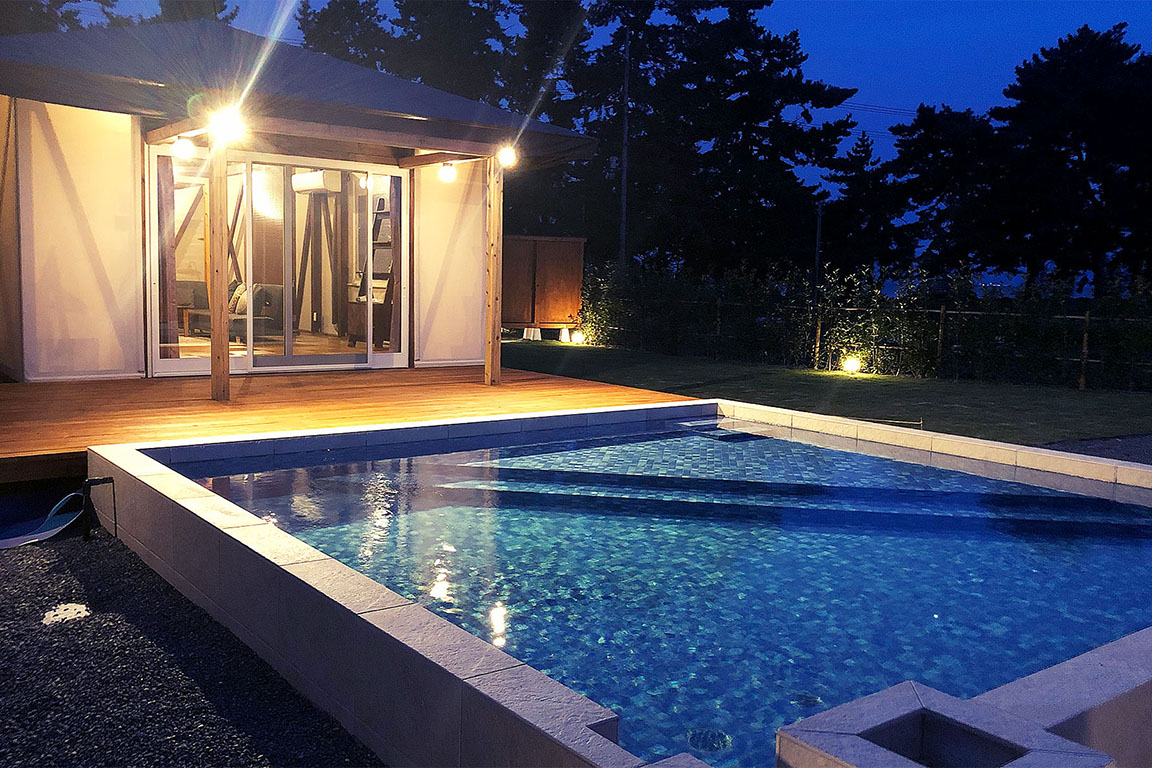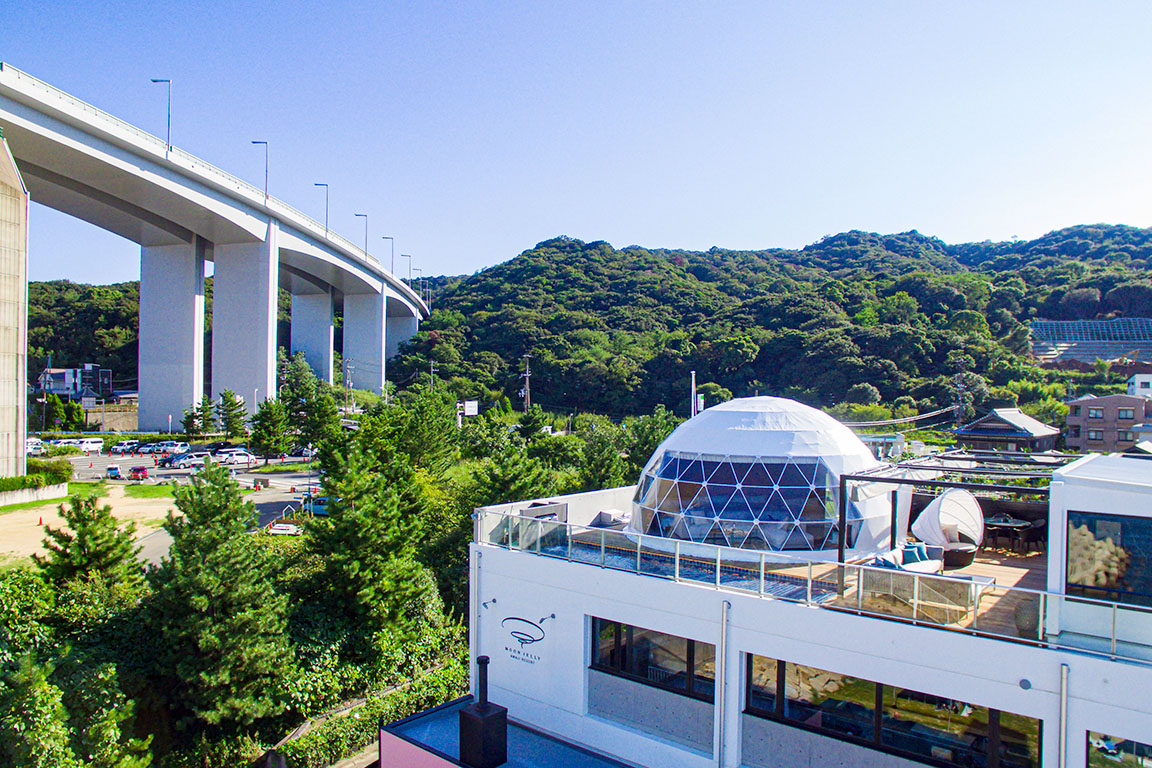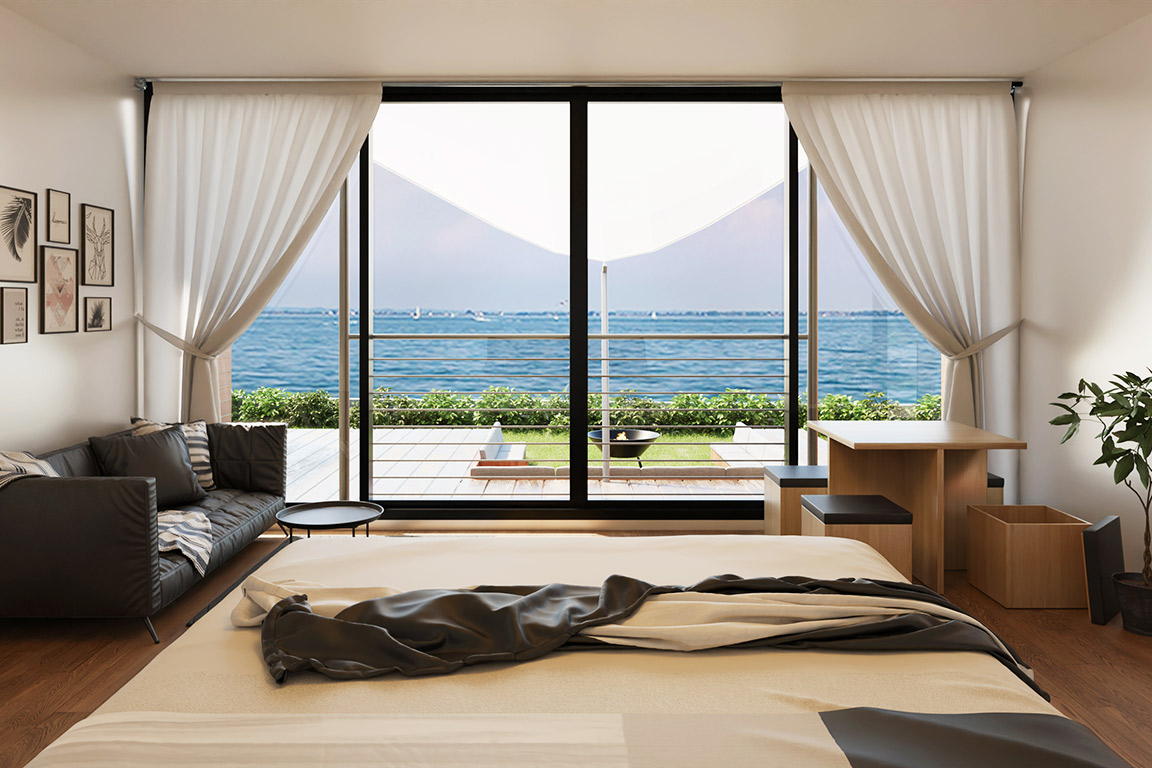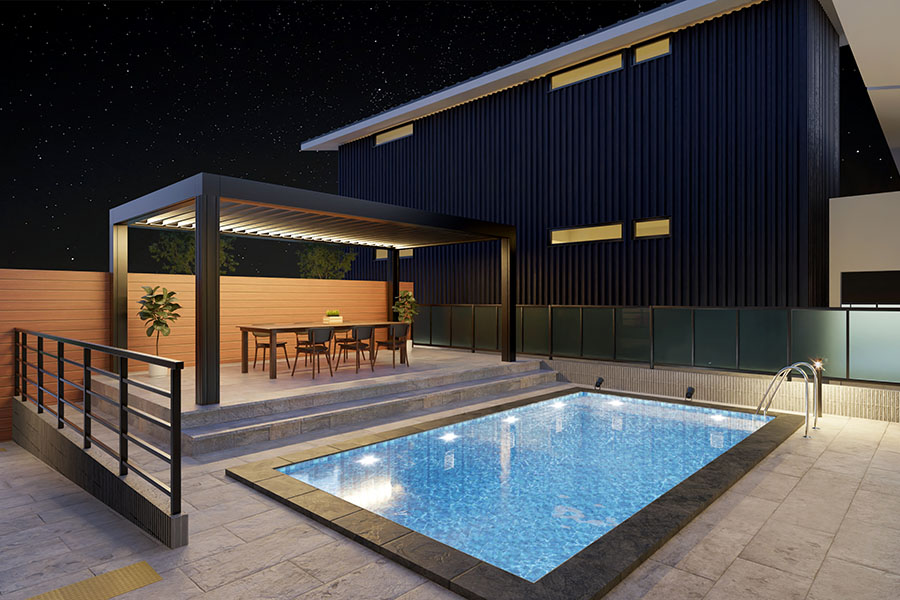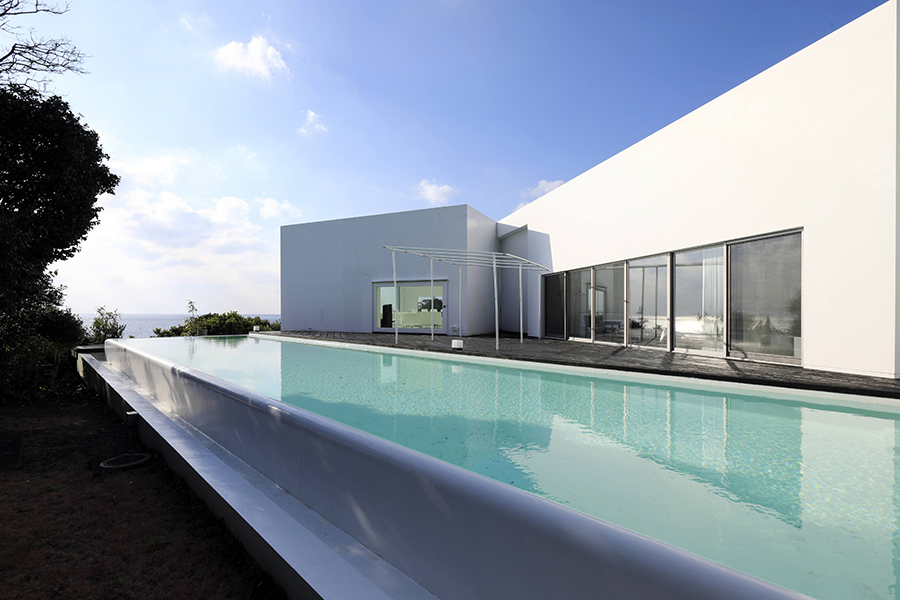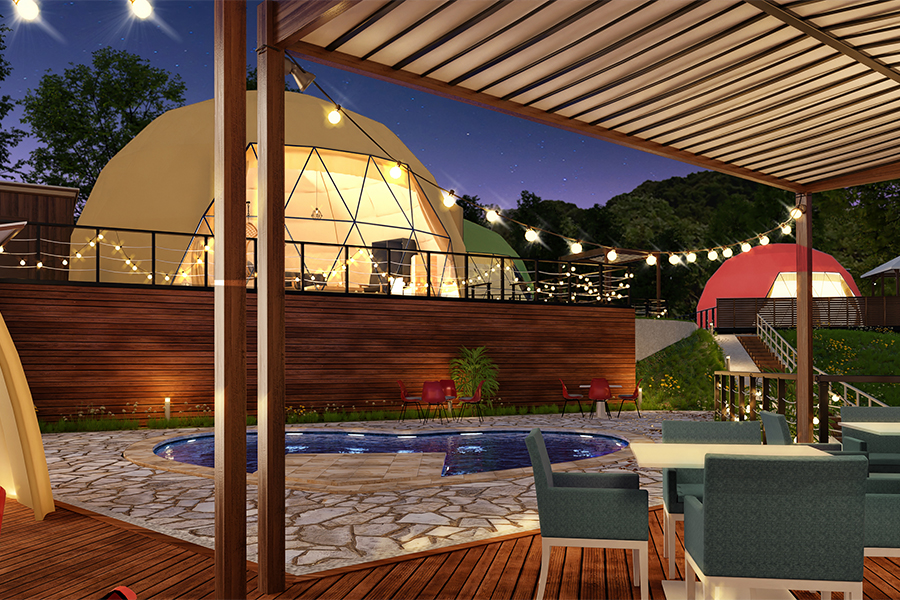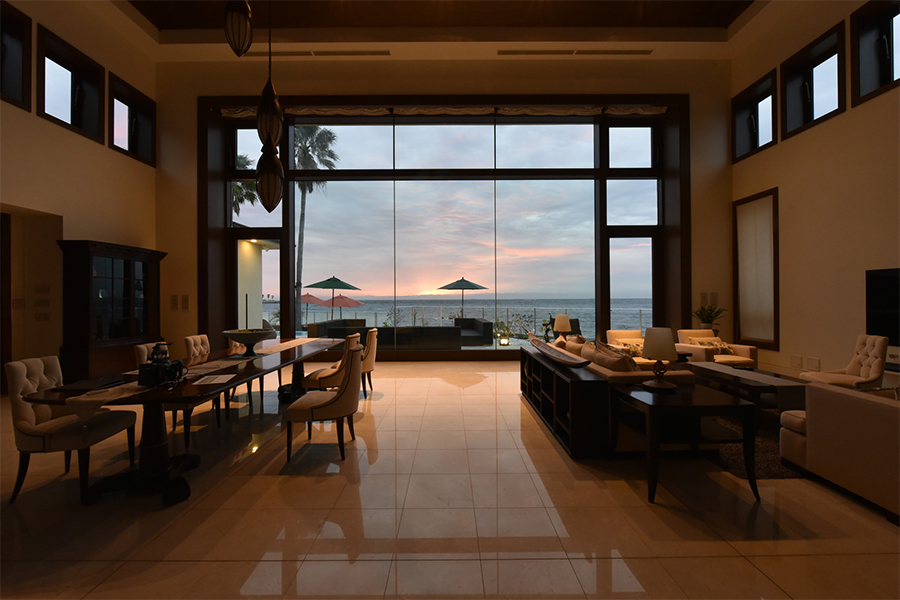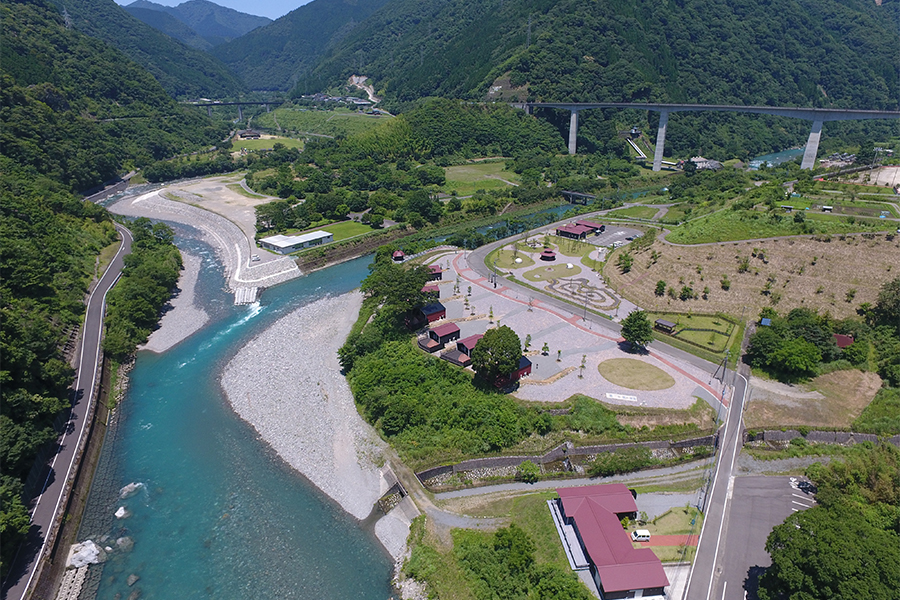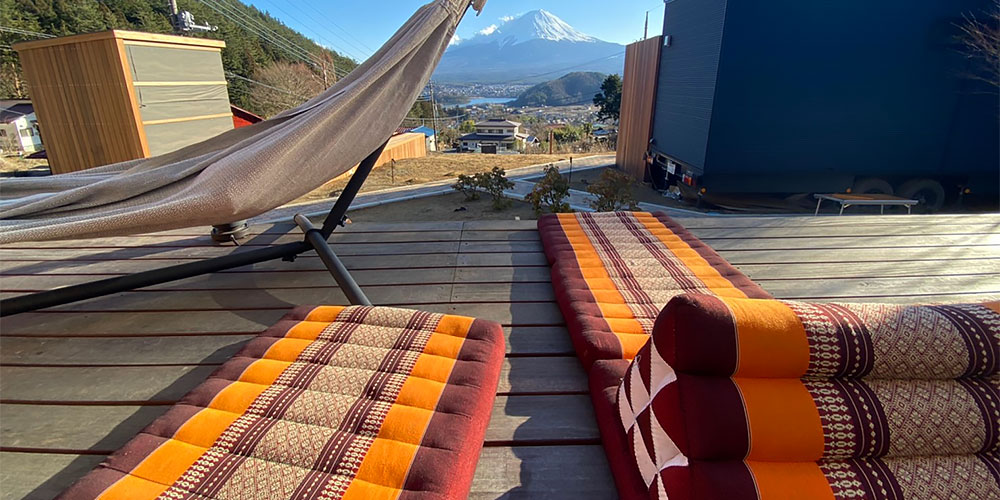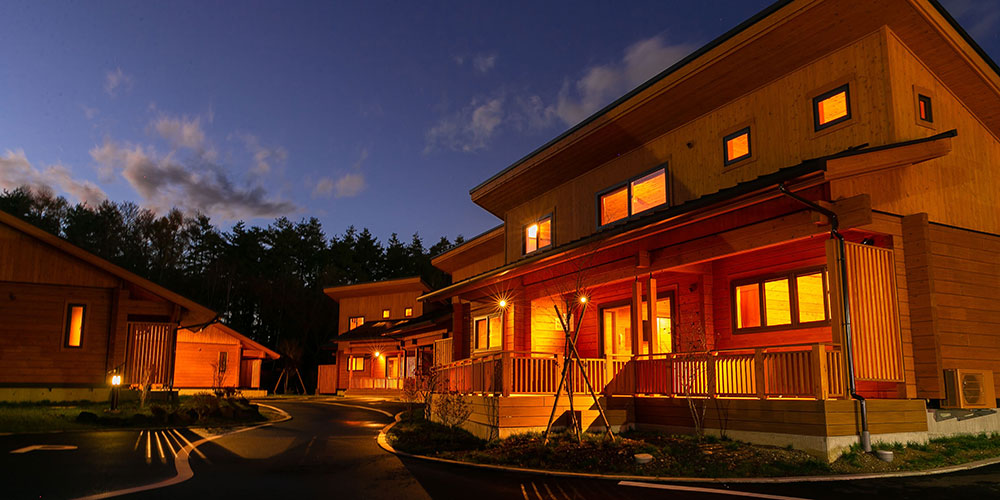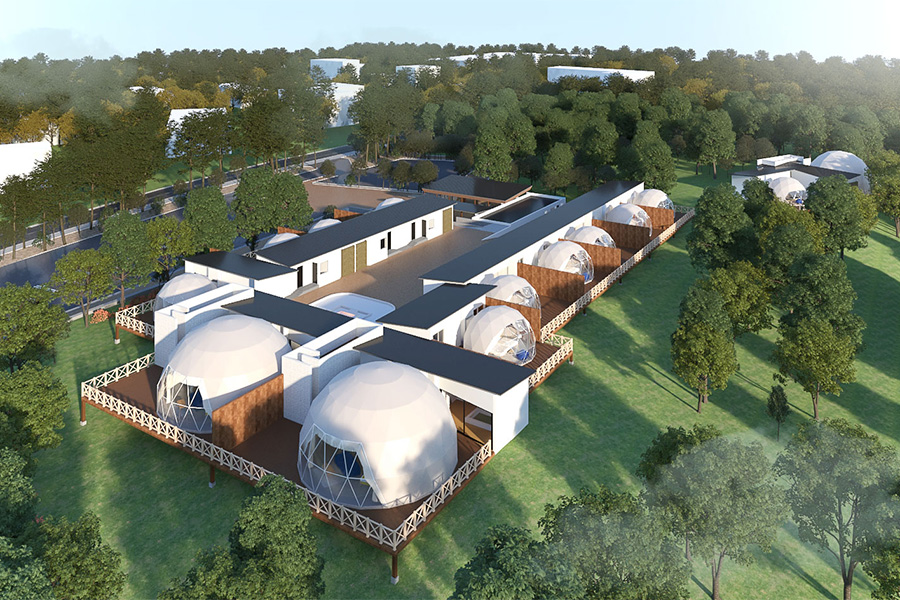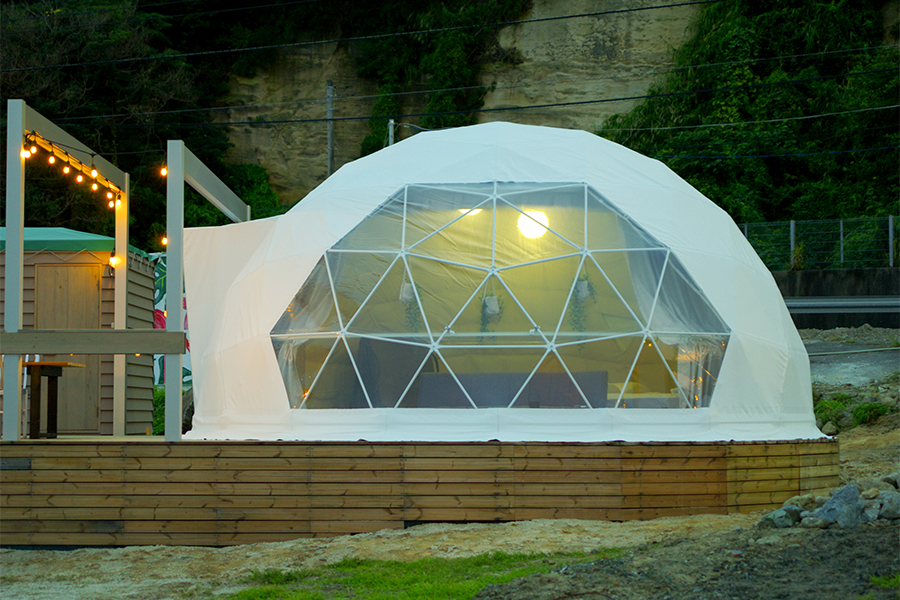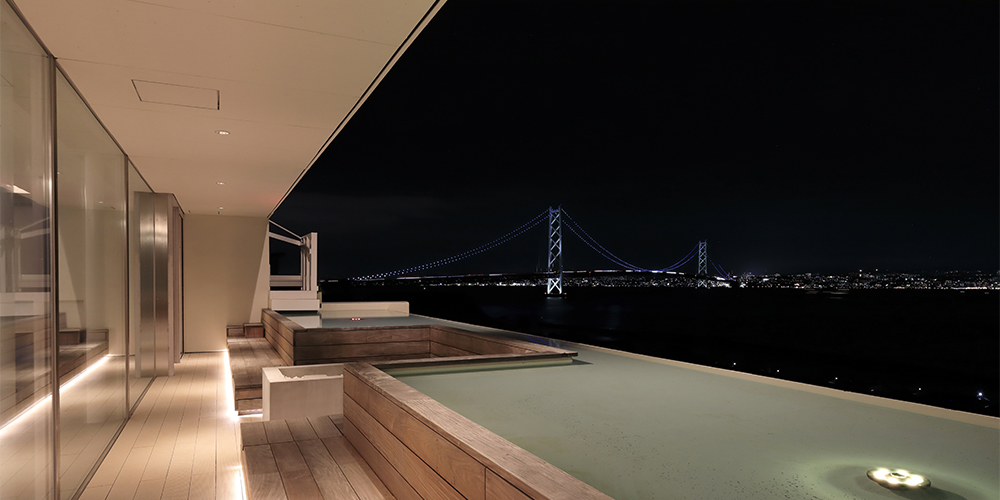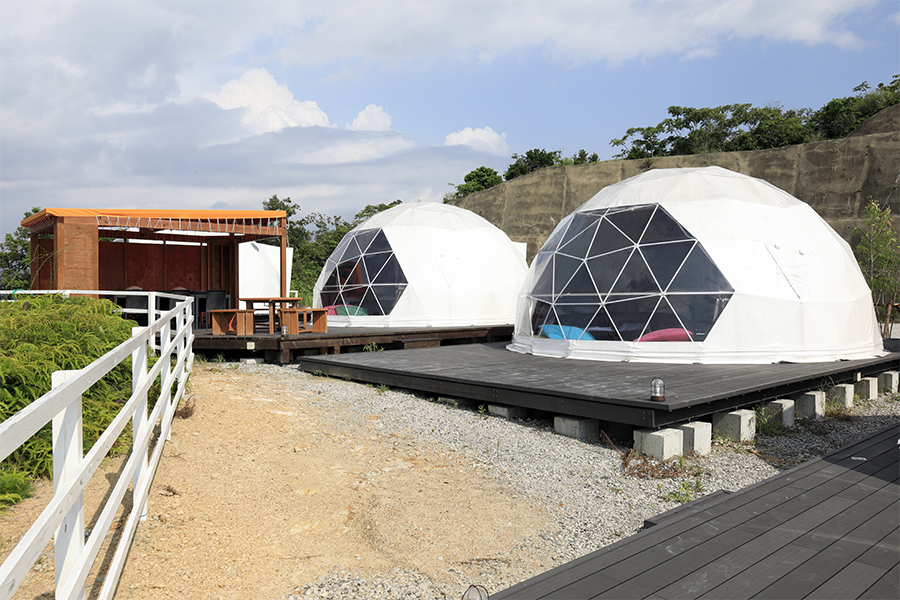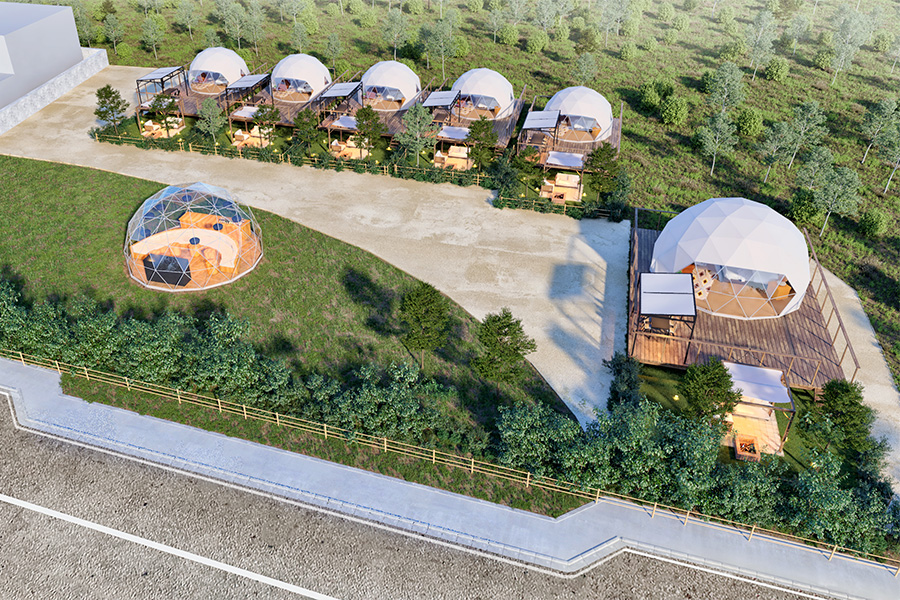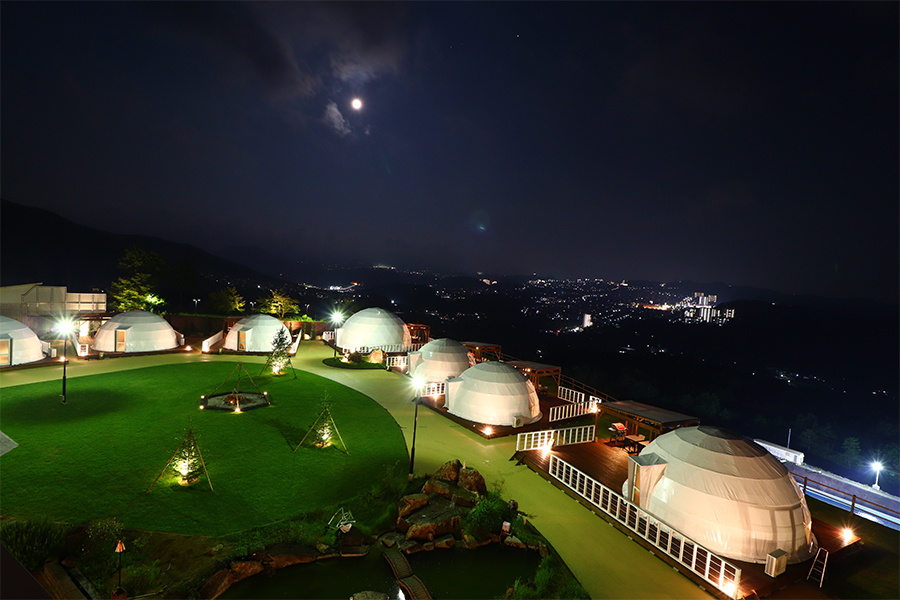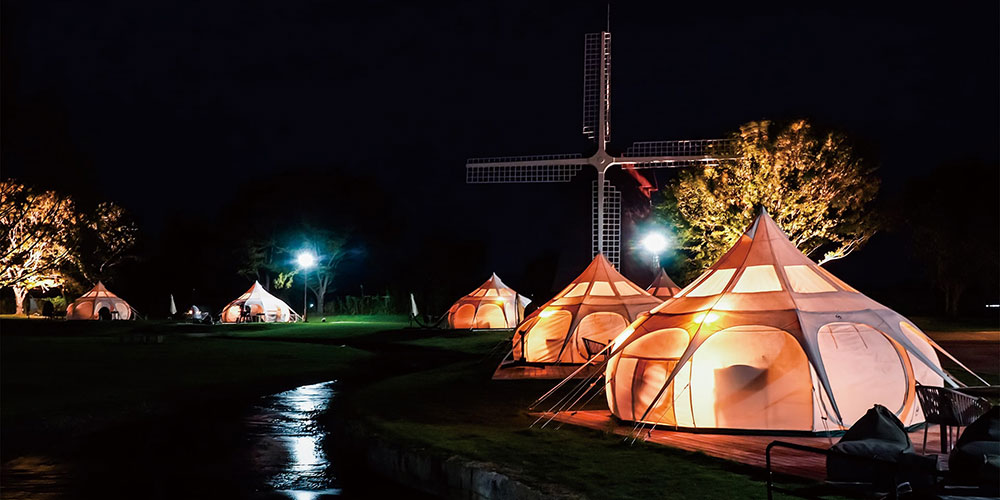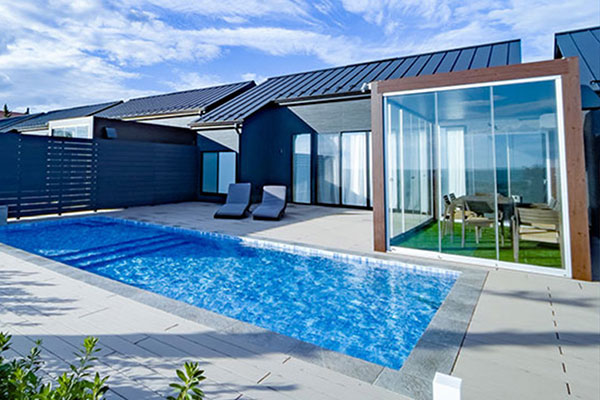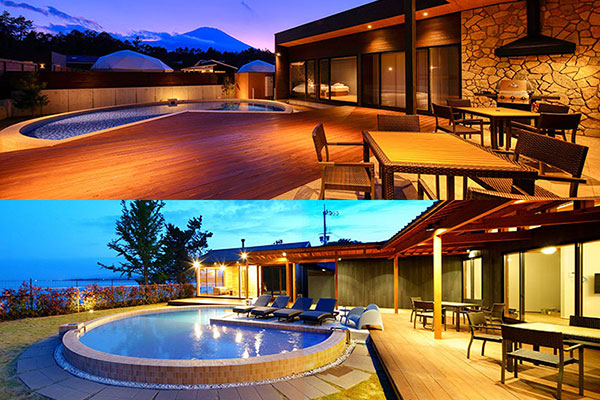Differences Between Live Snow Crab and Frozen Snow Crab

This winter, we are preparing over 1,200 live snow crabs!
Starting from November 6, 2019, for this winter season, accommodations at Marinetopia Resort, including Rurinohama, Hanashoubu, and Marinetopia Suite, will be serving approximately 1,200 live snow crabs, providing enjoyment for many guests.
Aside from the well-known crab specialty inn, Amanohashidate Rikyū Hoshine, the number of crabs used here is remarkable. In a time when crab resources are diminishing, preparing around 1,200 crabs is an extraordinary feat.
Moreover, these are not frozen crabs but live crabs. We offer high-quality crabs landed at renowned Japanese Sea ports such as Tsuiyama Port, Shibayama Port, and Hamasaka Port. Handling over 1,200 live crabs is likely one of the highest counts in Northern Kinki.
In this discussion, we will explain the differences between the live crabs we serve and the commonly available frozen crabs at home.
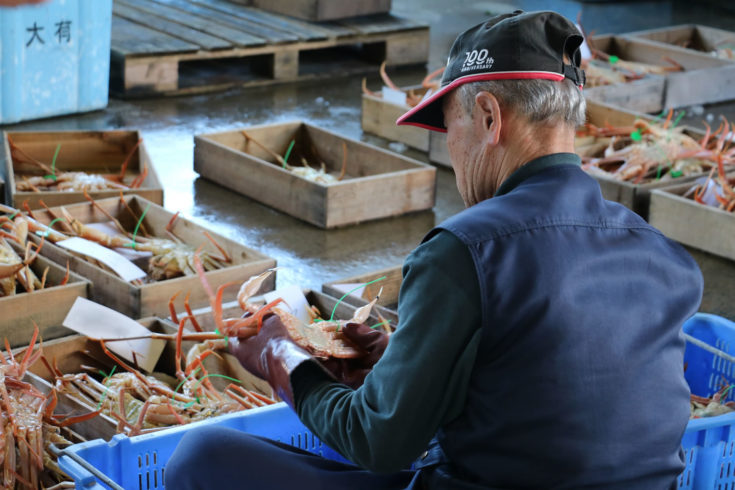
The Difference in Freshness Between Live Crabs and Frozen Crabs
The difference in freshness between live crabs and frozen crabs is significant. Both types refer to snow crabs, which are one of Japan's top three crabs, alongside hairy crabs and king crabs.
Live crabs are snow crabs that are kept alive from the moment they are caught by fishing boats. After being landed at the port, they are sent directly to various seafood companies or accommodations, remaining alive until just before they are eaten.
In contrast, frozen crabs are those that are processed and frozen either on the fishing boat or at the port after being caught.
In essence, the difference lies in whether the snow crabs are kept alive or frozen after being caught. As a result, live crabs offer a level of freshness that frozen crabs cannot match, allowing you to enjoy the refined taste of the crab in its natural state.
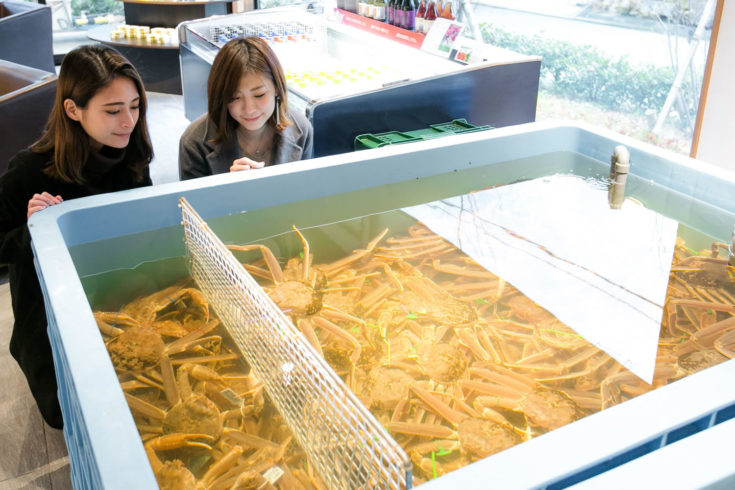
The taste and "umami" of live crabs and frozen crabs are also different!
Frozen crabs are primarily caught using pot-and-trap fishing, where baited traps are dropped into the sea. Live crabs, on the other hand, are mainly caught using bottom trawl fishing, where nets are dragged across the sea floor to capture the crabs.
As previously mentioned, the difference in freshness affects the taste. Crabs caught with pot-and-trap fishing often have a stronger odor due to the bait used, which can impart a distinct smell to the entire crab. Additionally, the freezing process can result in crabs with less refined flavor, often described as bland. Many people who dislike crab often find the strong, rich flavor of frozen crab, including the distinctive taste of crab miso, off-putting.
In contrast, live crabs are usually kept in tanks at seafood companies or accommodations. This period of keeping the crabs alive is crucial for enjoying their delicate flavor. Crabs typically consume plankton from mud and sand, so by keeping them in tanks for a certain period, they expel any mud and impurities. This process helps remove unwanted odors and off-flavors. With live crabs, the crab miso can be eaten raw, and the meat can be enjoyed for its naturally refined and elegant taste.
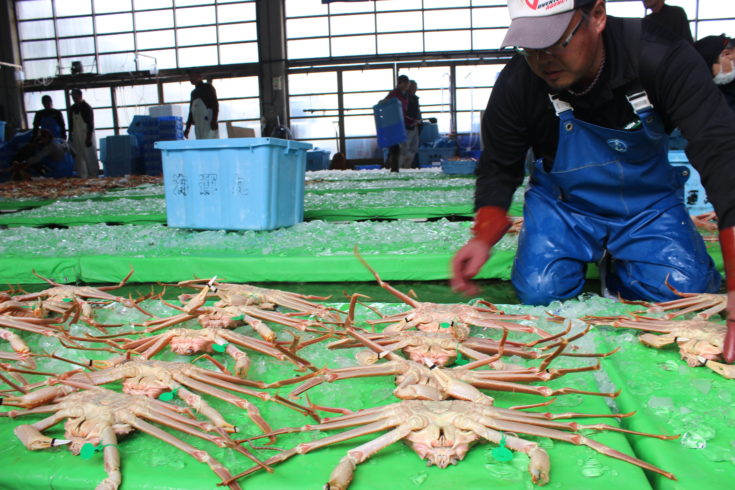
Differences in Habitats Between Live Crabs and Frozen Crabs
Generally, frozen crabs that are commonly found on platforms like Rakuten and Yahoo Shopping, and that are often enjoyed at home, are mostly harvested from the waters off Alaska and Russia. Due to the large volume of catch, the freezing process tends to be less meticulous, which makes these crabs more affordable.
In contrast, the live crabs used by Ruri-hama and Marine Topia Resort come from the Sea of Japan. Specifically, the waters off Kyoto Prefecture and Hyogo Prefecture are known for their excellent conditions for crab growth. The combination of nutrient-rich mountain runoff, the warm Tsushima Current, and the cold seawater on the sea floor creates an ideal environment for high-quality crabs. We source our crabs from renowned fishing ports along the San'in Coast, such as Shibayama, Tsuiyama, Hamasaka, and Maizuru, which are located in some of Japan's best fishing grounds.
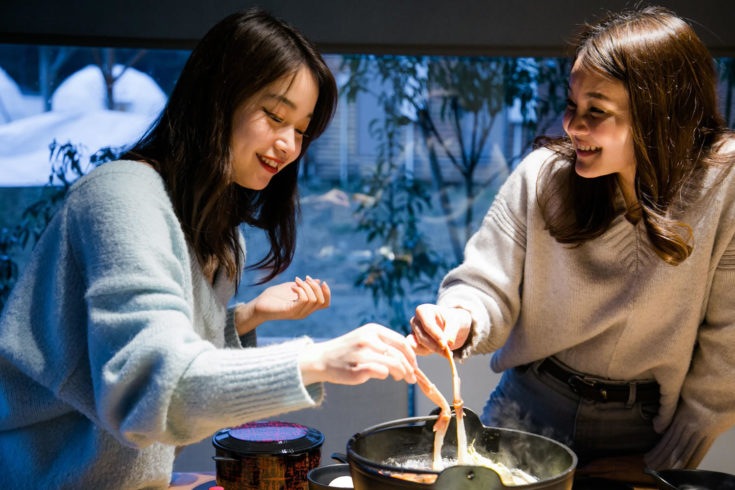
Experience the Unmatched Flavor of Live Crabs with the Rurinohama Crab Marche Plan
Enjoy the refined and rich taste of live crabs that cannot be matched by frozen crabs. The Ruri-hama Marine Topia Resort's Crab Market Plan offers high-quality live crabs from Japan's top-notch habitats.
Thanks to our unique sourcing routes, we provide premium crabs at excellent value. Guests can enjoy a variety of preparations such as crab sashimi, grilled crab, and shabu-shabu, which has received outstanding praise.
The Crab Market Plan for this season is available until March 20. We recommend making your reservations as soon as possible.
詳しくはこちら
※掲載写真はイメージです

